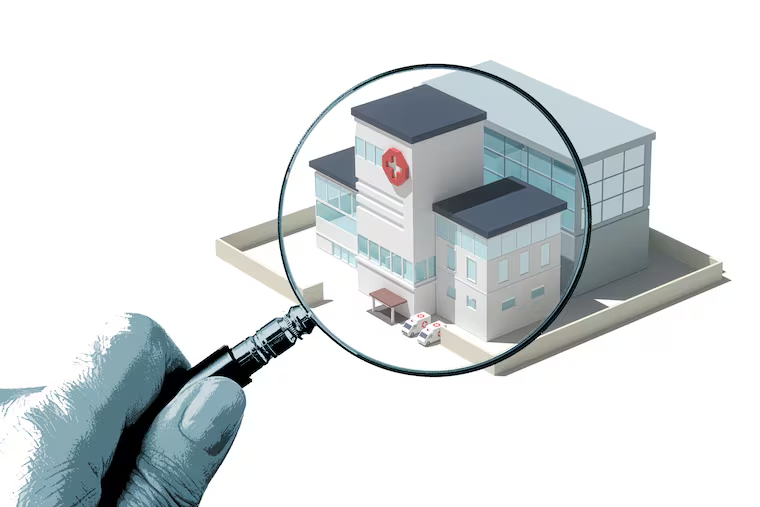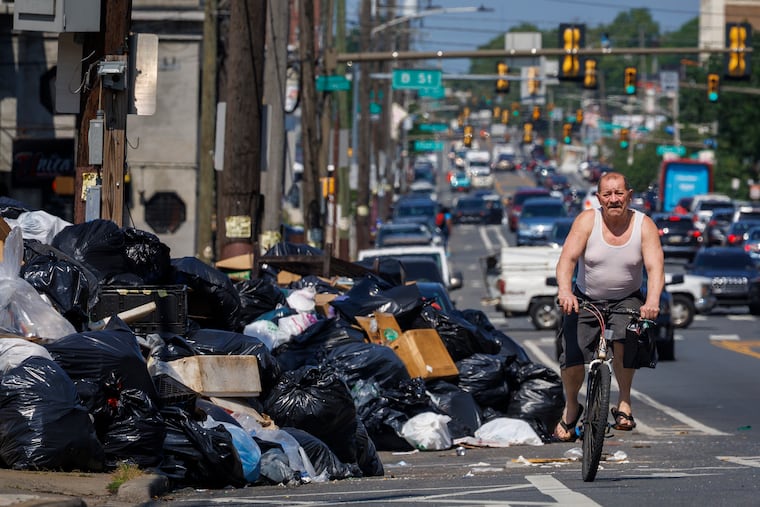Study finds that preserving older properties enhances housing affordability, stimulates population growth, and boosts investment.
The Preservation Alliance for Greater Philadelphia recently released a comprehensive report examining the impact of historic preservation on the city’s economy and housing landscape. This analysis challenges the long-standing belief that preservation efforts obstruct development and reduce housing density. The findings indicate that preserving older properties not only safeguards housing affordability but also stimulates investment, creates jobs, and promotes population growth.
Since 2016, Philadelphia has invested approximately billion in historic rehabilitation projects, generating thousands of jobs annually. The Preservation Alliance’s study comes amid ongoing discussions about the city’s growth and affordability, particularly in response to Mayor Cherelle L. Parker’s Housing Opportunities Made Easy (H.O.M.E.) initiative, which aims to build or preserve 30,000 homes. The Preservation Alliance seeks to provide empirical data to illuminate preservation’s role in addressing current housing challenges.
The study, conducted by PlaceEconomics, a firm specializing in analyzing the economic implications of historic preservation, emphasizes the broader economic benefits of preserving older properties, not exclusively those deemed historically significant. Historic designation often stirs debate as it imposes restrictions on property owners regarding alterations, leading to clashes with developers and some homeowners. Critics argue that these regulations can burden individuals striving to improve or maintain their properties.
The report highlights that nearly 5% of Philadelphia’s land is designated as historic. This represents an increase from 2.2% to 4.4% since 2016 due to heightened focus on preservation efforts. As of 2023, around 56,000 residents inhabit these local historic districts, which are becoming a more integral aspect of urban planning and design in the city.
Moreover, between 2010 and 2024, Philadelphia completed 295 projects utilizing state and federal historic preservation tax credits, ranking first in the nation. These projects have generated an average of 1,777 direct and 729 indirect jobs annually, contributing significantly to the local economy with approximately million in direct income and million in indirect income each year.
The findings also assert that older housing tends to be more affordable. Approximately two-thirds of the city’s residential buildings and half of its housing units were constructed before 1950, making them essential in maintaining housing affordability. However, critics from local advocacy groups, such as 5th Square, caution that over-institutionalizing historic districts could inadvertently limit accessibility for low-income residents, raising housing costs in the long term.
Importantly, the analysis reveals that historic districts are experiencing population growth at a rate significantly higher than the broader city average, with the population in these areas increasing by about 27% from 2010 to 2020, compared to less than 5% in other parts of Philadelphia. This trend underscores the potential of historic neighborhoods to accommodate growth and enhance urban livability, marking them as integral to Philadelphia’s ongoing development narrative.







